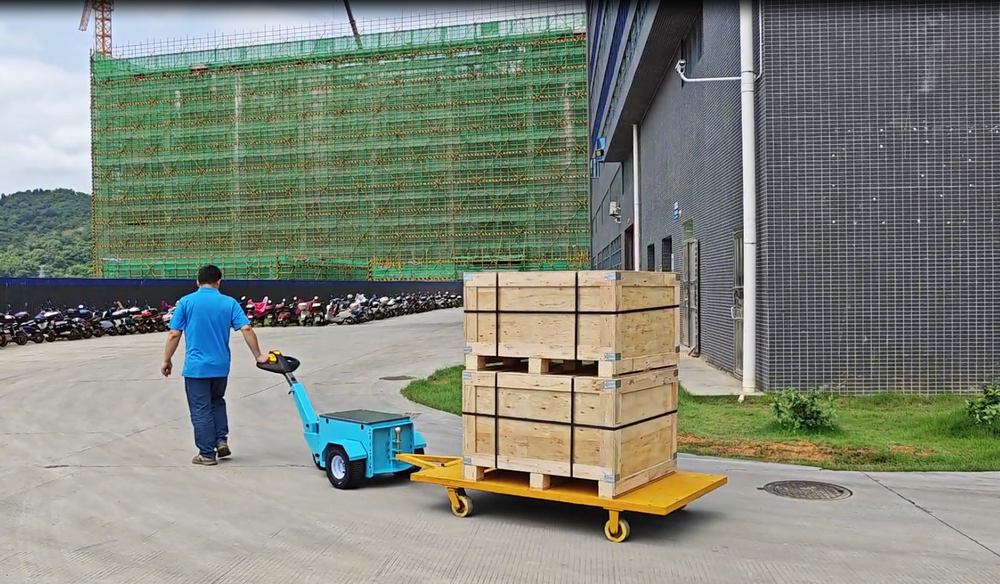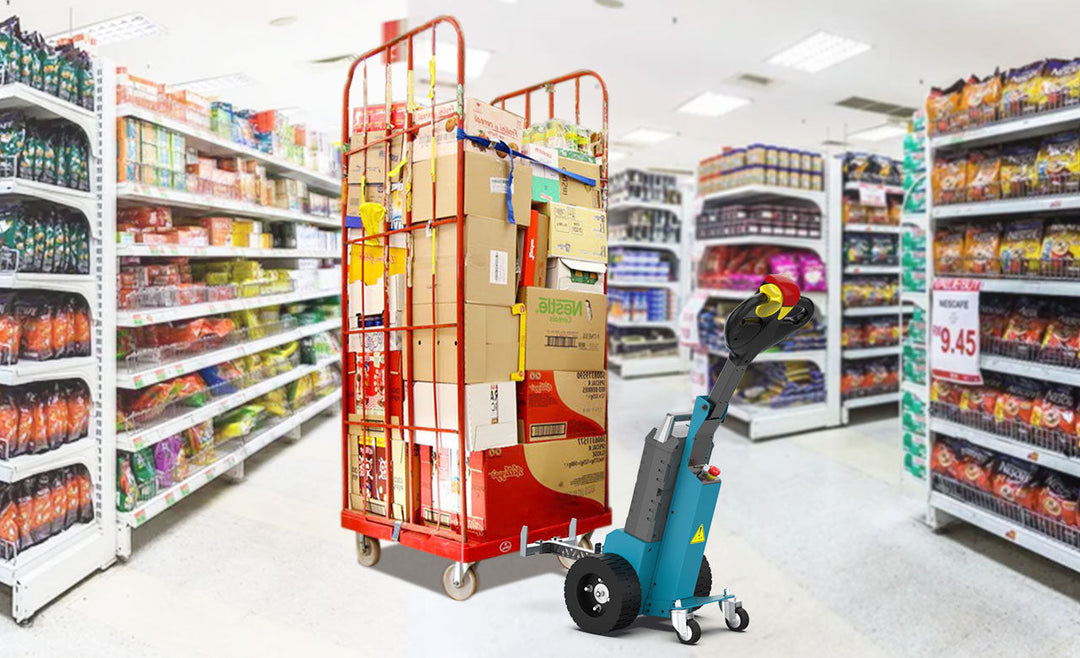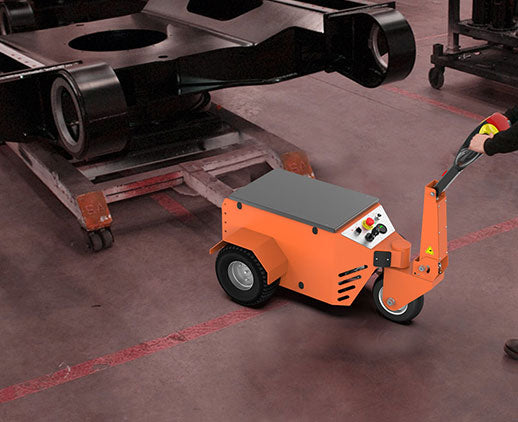How Long Do AGVs Last? A Comprehensive Analysis Strategy

The life expectancy for AGVs, such as GYPOT's electric Assit Robots, is usually five to seven years, depending on the frequency of maintenance and the operating environment of such machinery. Regular maintenance can provide an additional 20%-30% life expectancy, decrease replacement costs, and reduce the number of breakdowns.
The lifespan of AGV batteries is typically between three to five years, significantly influenced by charge-discharge cycles. Each battery has a standard charge-discharge count of between 1000 to 1500 cycles. A battery used daily with one charge-discharge cycle can last roughly three to four years.
Tesla has extended battery life through efficient battery management systems (BMS). Regular checks of voltage and temperature by JD Logistics help maintain battery health, reducing the aging rate by 10% and extending battery life by 20%.
Proper maintenance habits can increase life expectancy by 20% or more and reduce costs. Temperatures above 30°C could reduce the lifespan by up to 30%, so temperature control systems should be part of the design.
The cost of replacing a battery is significant, with a standard lithium battery pack estimated at 8,000 RMB. Therefore, maintenance and lifespan considerations are vital.
The Impact of Operating Environment on AGV Lifespan
The lifetime of AGVs also depends on their operating environment to a large extent. Poor ground conditions contribute significantly to wear and tear on tires and suspension systems. AGVs that run on level concrete surfaces have a 30% longer life compared to those operating on uneven terrain. Furthermore, the deterioration of electronic components in harsh environments with high temperature and humidity accelerates aging. If the environment's humidity is above 70%, the failure rate increases by 15%-20%.
Temperature control is also important. In environments below 0°C, AGV efficiency decreases by 20%, and battery life shortens. Installing temperature control systems allowed a logistics company to increase AGV lifespan by at least 18 months. Air quality is another critical factor; in dusty environments, AGV lifespan decreases by 15%. Air purifiers were able to reduce failure rates by 20% in an automotive manufacturing plant.
The design of the operating environment also directly affects AGV lifespan and efficiency. Twisty conveyors force frequent braking and acceleration, further wearing down motors and batteries. A large warehouse company extended AGV lifespan by 6 months by redesigning the passage layout, which also improved operational efficiency.
By optimizing environmental conditions, we can successfully prolong the useful life of AGVs, increase operational efficiency, and improve return on investment.
The Importance of Regular Maintenance for AGV Lifespan
Preventative maintenance is imperative to the lifespan of AGVs. According to industry data, regular maintenance can extend the service life of AGVs by 20%-30%, reduce failure rates, and lower overall costs. A two-month maintenance cycle provided significant value in terms of return on investment for a large e-commerce company.
Monthly and weekly maintenance includes testing batteries, lubricating moving parts like chains or tracks, cleaning sensors, and updating software to ensure normal operation over time. Routine maintenance also increases AGV lifespan and smooths operations. For example, a logistics center achieved 10% shorter task completion times and higher order processing capability with lower operational costs after maintenance.
Regular maintenance also prolongs the life of core components like motors and batteries. A German manufacturing company extended motor lifespan from 5 to 7 years through scheduled maintenance, saving millions of dollars by avoiding unexpected breakdowns and replacements.
Maintenance records enable companies to monitor the conditions in which AGVs operate, predict failures, and ease preventive maintenance programs, thereby avoiding unexpected downtimes. As engineer Isidore Marsel said, "The durability of equipment is determined not only by its design and material selection but also by daily maintenance."














